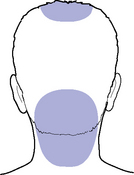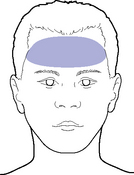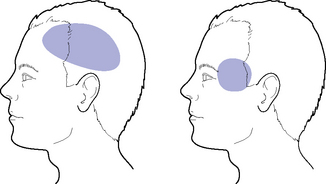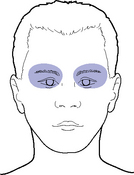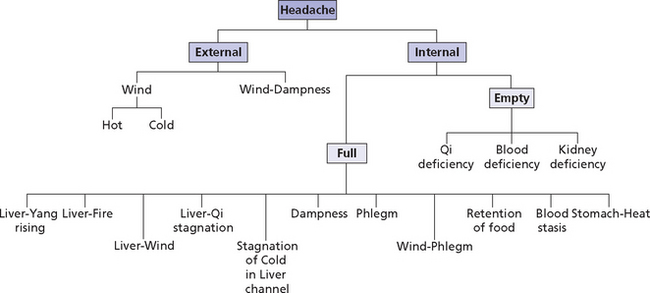Chapter 34 I usually ask about any head symptoms whenever this is appropriate during the interrogation. Symptoms and Signs, Chapter 55 A dull ache usually indicates Deficiency whereas an intense, sharp pain usually indicates Excess. A throbbing and distending pain indicates Liver-Yang rising, a pulling pain indicates Liver-Wind and a fixed, boring pain indicates Blood stasis. A dull ache, with the head feeling as if it were wrapped in or full of cotton wool, and a sensation of heaviness indicate Dampness or Phlegm. Headache that is experienced ‘inside’ the head is usually due to a Kidney deficiency (see below). The headache from Liver-Yang rising manifests with a throbbing pain, which is usually unilateral, often moving from side to side and located behind the eye, on the temples or on the lateral side of the head along the Gall-Bladder channel. It is often accompanied by nausea and vomiting, dizziness, blurred vision, flashing lights and a Wiry pulse. The headache from Stomach- and Spleen-Qi deficiency is characterized by a dull frontal ache and is accompanied by tiredness, lassitude, weak limbs, loose stools, poor appetite, a Pale tongue and a Weak pulse.
 HEAD
HEAD
HOW WE ASK
HEADACHE
Character of pain
Internal and exterior origin
Headaches of internal origin
HEAD

